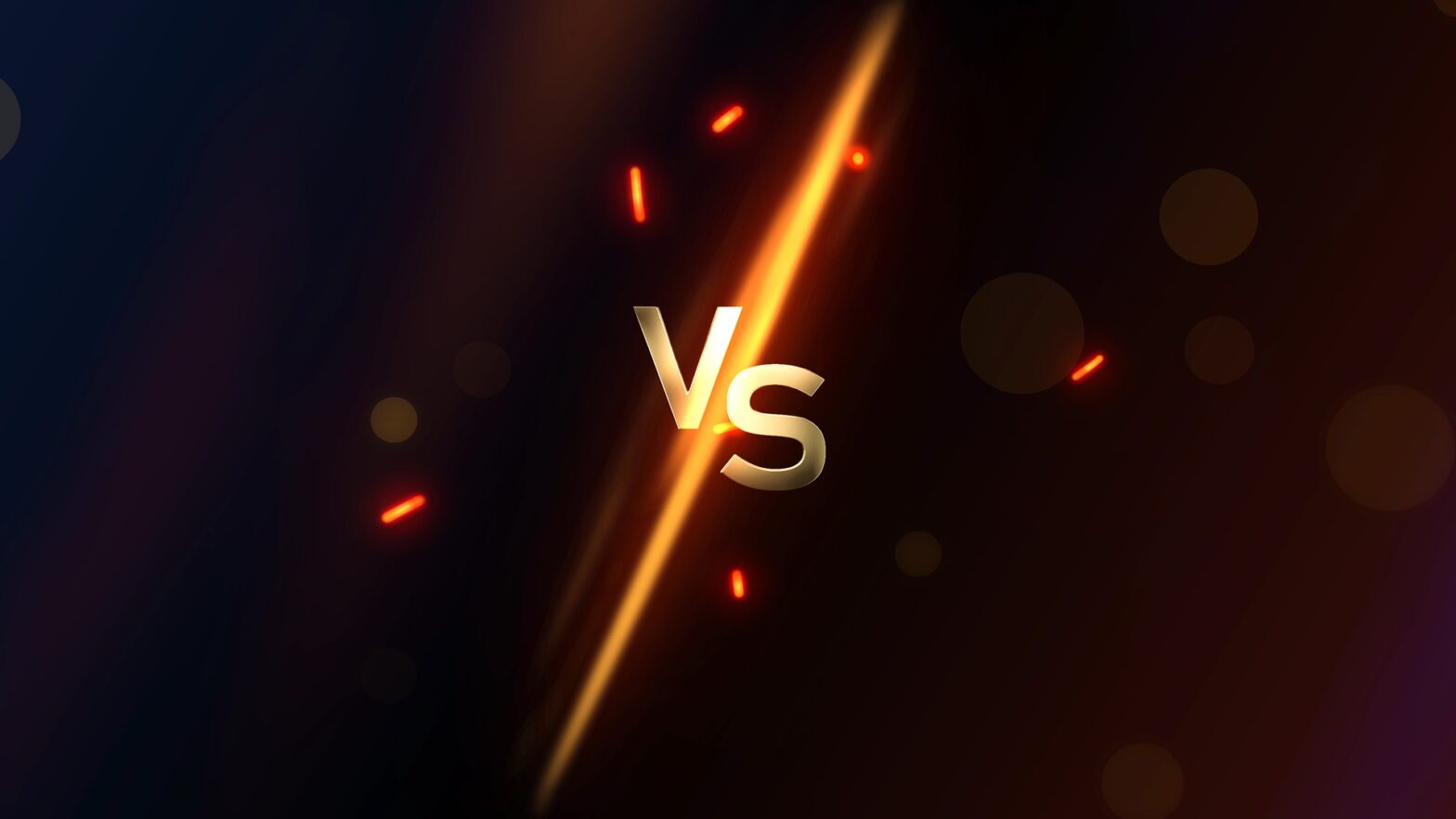Utah Chapter 7 Bankruptcy v Chapter 13 Bankruptcy
Chapter 7 and Chapter 13 are two types of consumer bankruptcy under U.S. law. Both are designed to help individuals struggling with debt to either eliminate or reorganize their debt. The main differences between the two are:
Utah Chapter 7 Bankruptcy
- Utah Chapter 7 bankruptcy is also known as a “liquidation” bankruptcy.
- It is designed to eliminate most unsecured debt, such as credit card debt and medical bills.
- In a Utah Chapter 7 bankruptcy, the individual must turn over any non-exempt assets to a bankruptcy trustee, who will then sell these assets to pay off creditors.
- Most Utah Chapter 7 bankruptcies are “no asset” cases, meaning that the individual has no non-exempt assets to sell and their creditors receive nothing.
- Utah Chapter 7 bankruptcy typically takes about four to six months to complete and the individual’s debts are usually discharged (eliminated) at the end of the process.
- Chapter 13 bankruptcy is also known as a “reorganization” bankruptcy.
- It is designed for individuals who have a regular income and want to keep their assets, but need to reorganize their debt to make it more manageable.
- In a Chapter 13 bankruptcy, the individual develops a repayment plan that lasts for three to five years.
- During this time, the individual makes payments to a bankruptcy trustee, who then pays the creditors.
- At the end of the repayment plan, any remaining unsecured debt is discharged.
- Chapter 13 bankruptcy is typically used by individuals who have a regular income but are facing a foreclosure on their home or a repossession of their car.
The type of Utah bankruptcy that is right for an individual will depend on their financial situation, including their income, assets, and type of debt. Experienced Utah bankruptcy attorney Douglas Barrett can help individuals determine the best course of action for their specific circumstances.
